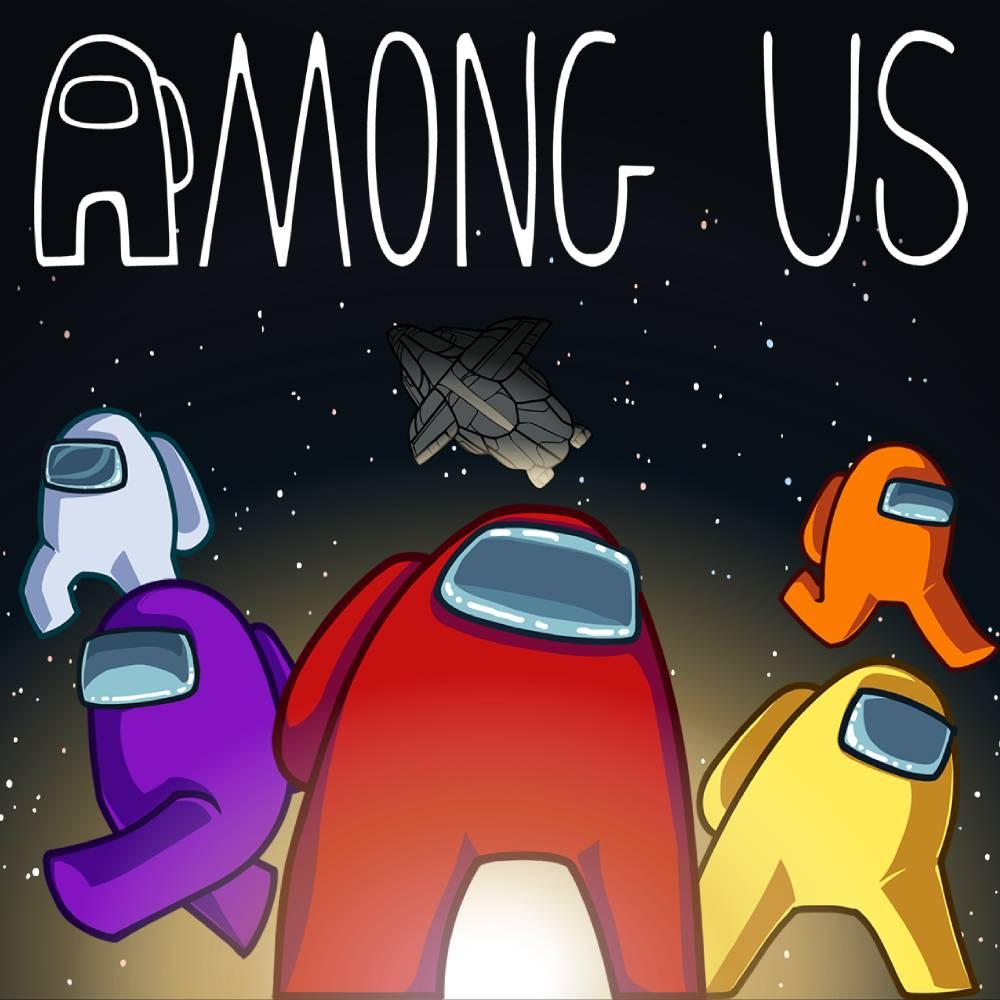Background:
Among Us is a 2018 multiplayer social dedication game developed by Intersloth that first exploded in popularity during the COVID-19 pandemic. It is available on mobile, desktop, and console. Among us is a game for all ages 9 and up due to some cartoonish violence.
Social Deduction in Among Us:
Among Us is structured in a similar way to Mafia in that there are two clear teams: the crew members and the imposters, which are the villagers and mafia respectively. Like in mafia, the crew members do not know who the imposters are. The players are therefore in a team versus team situation but the role ambiguity turns Among Us into a multilateral competition amongst crew members as well. The player mechanics set the stage for the murder mystery that ensues.
The narrative of the game sets the players on a spacecraft where anyone around you could be the alien imposter in disguise. The suspenseful music and cartoon graphics embed the player in a light-hearted mystery where they have to find which one of their friends is actually their foe. Crew members use different resources around the map to gain information like security cameras that can surveil for suspicious activity. Conversely, the imposters have the ability to dim lights and cut life support to help mask their murders in the chaos. The game has various tasks that the crew members have to perform that add a secondary objective for the crew members. However, these secondary objectives also serve as clues to deduce who is the imposter. Perform a task too quickly and you might just draw suspicion. The core of the deduction is done during the games meeting where players discuss in chat why so and so is suspicious. The meetings are timed making these meetings and their time limits valuable resources for both teams.
The various game mechanics create a dynamic environment where the crew members progressively lose more members and are driven into a corner and make brash decisions. They also culminate into dynamic pieces of evidence used to tear down people’s stories and alibis. The late game tense environment brings out the wildest of accusations with typically raised voices. Special imposter roles like the shapeshifter, who can appear to be another player, just add to the chaos the imposters can engage in. Despite there being two distinct teams, the ambiguity creates a free-for-all of sorts for crew members especially in the late game. The common aesthetics found in social deduction games, like mystery and manipulation, are strong in Among Us because of how the resources the crew members have shrink so visibly while the imposters further their ends by dodging suspicion.
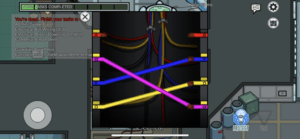
(An example of task where you wire matching colors. Notice that the wires also have symbols for accessibility purpose.)
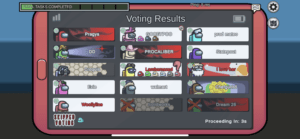
(My imposter teammate getting voted of the ship.)
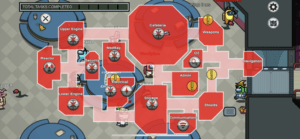
(A map overview that shows the cooldowns for various sabotages like cutting the lights and life support.)
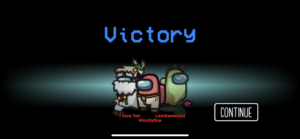
(Through deceit we defeated the crew mates)
Comparative Analysis:
Mafia and Secret Hitler are other standout games within the social deduction genre. Among Us distinguishes itself with a digital, space-themed setting where players complete tasks and identify impostors among their crew in a real time, interactive environment. This allows for a more dynamic and accessible gameplay experience, especially suited for online play. In contrast, Mafia, often played in person, relies on storytelling and the aspect of face-to-face interactions. Secret Hitler adds a political twist by setting players in Nazi Germany as liberals and fascists competing to either pass policies or elect Secret Hitler to power. Each game, while rooted in the mechanics of secrecy and alliance, caters to different audiences and playstyles: Among Us appeals to a digital audience with its quick and accessible gameplay.
Conclusion:
Among Us primarily fun because its aesthetics create fellowship. Gas-lighting your friends in a light hearted way is humorous and each of the various roles one takes teach friends about how they all lie. This game excelled so well at being a replayable social experience that during the pandemic its player base grew exponentially as people looked for ways to interact with their friends remotely. Among Us was able to take the social deduction genre and create a game where friends become pathological liars whilst players traverse a colorful map with either charming tasks or a hit list.


